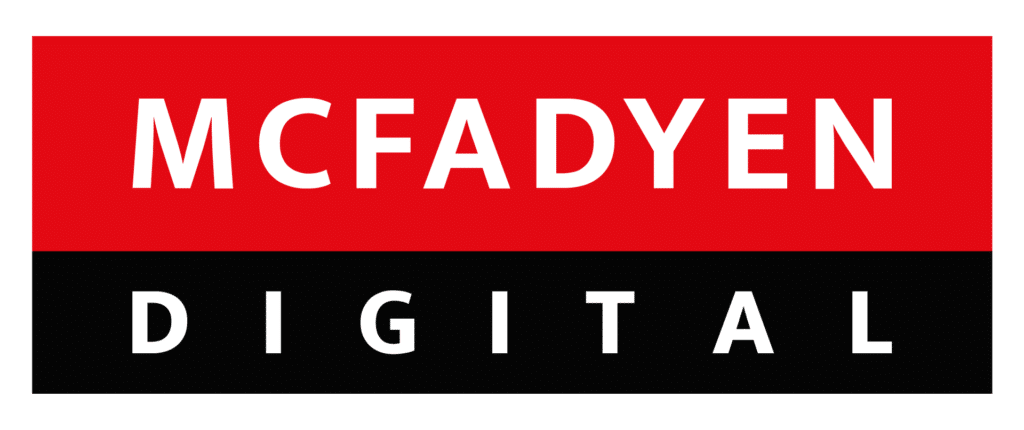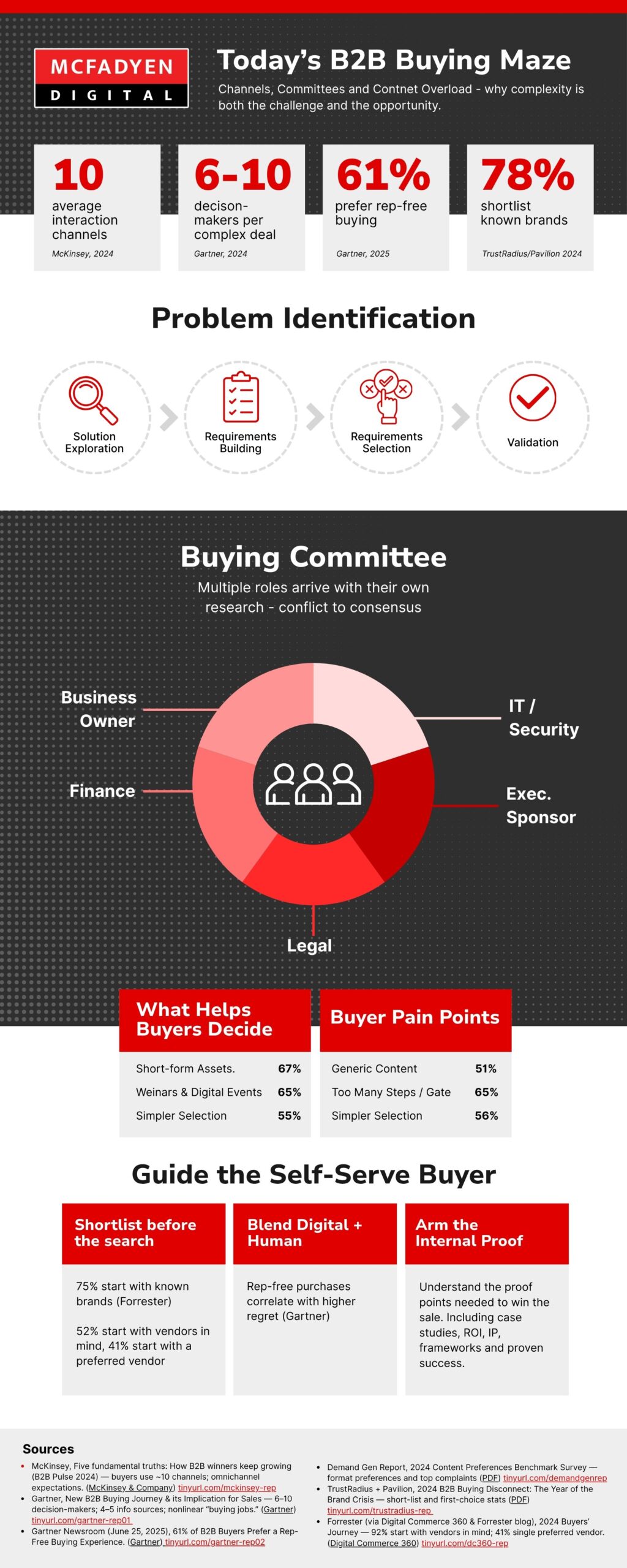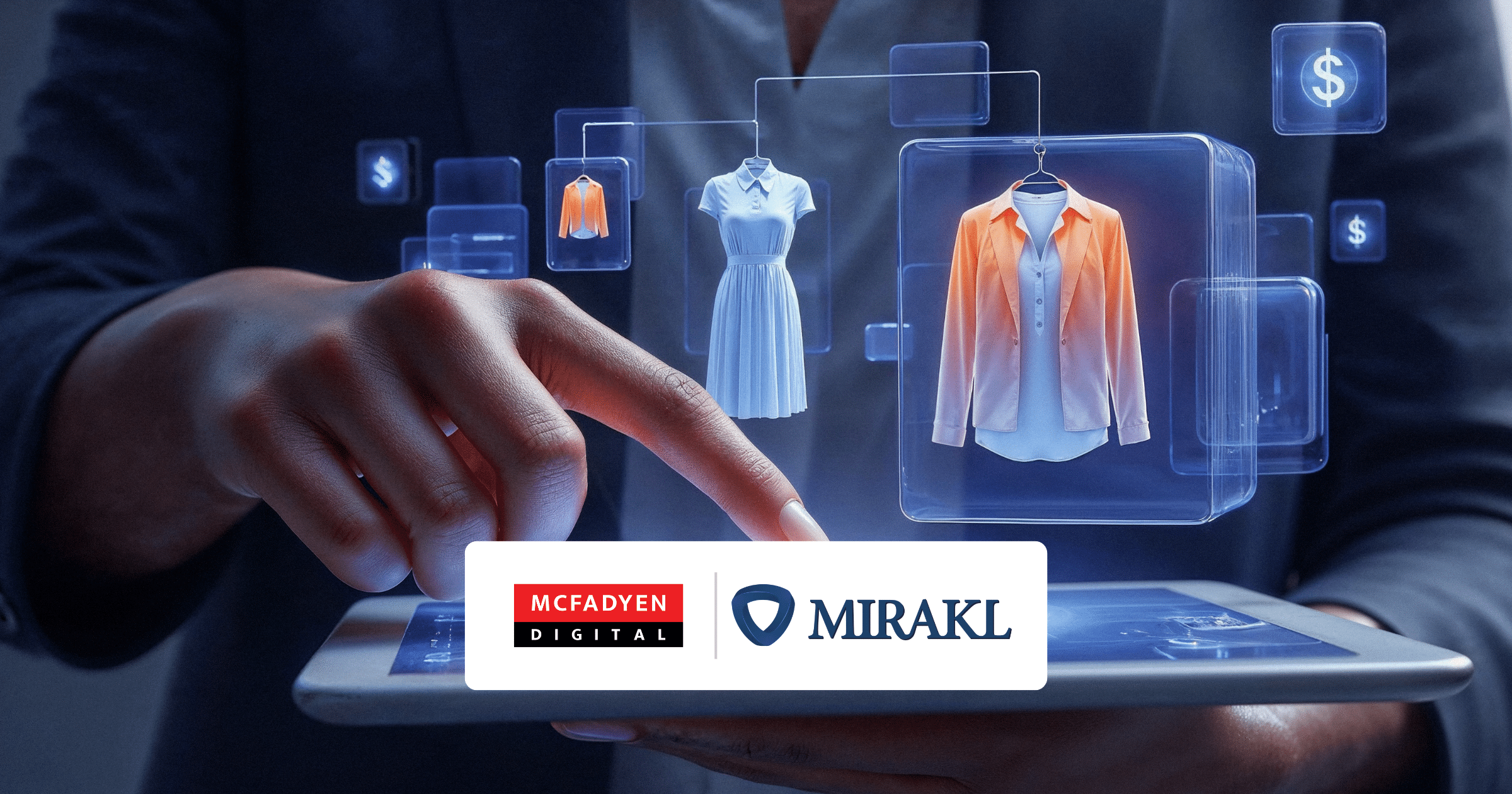
B2B buying has become a high-stakes maze: more channels, more people, and more information to reconcile. Buyers jump across websites, chat, video calls, and in-person touchpoints, often without ever talking to a rep. Meanwhile, internal committees must build consensus as they sift through piles of content. This post expands on the infographic to explain what’s changed, why it matters, and how to turn the chaos into competitive advantage.
1) The Channel Explosion
B2B customers now use an average of ten interaction channels end-to-end, up from five in 2016. That means the experience must feel seamless when a buyer moves from site to video call to email to portal, because half say they’ll switch suppliers if it isn’t. Treat omnichannel as a design system, not a pile of disconnected touchpoints. (McKinsey & Company) .
2) The Committee Era
For complex purchases, the typical buying group includes 6–10 decision-makers, each arriving with 4–5 pieces of independently gathered research. The work isn’t linear; teams loop through jobs like problem ID, requirements, validation, and consensus. Your enablement should make “consensus creation” easier, not add friction. (Gartner)
3) Self-Serve…with a Safety Net
A strong majority—61% of B2B buyers—prefer a rep-free experience overall. But Gartner also finds that pure self-service correlates with higher purchase regret, which is your cue to build guided digital: rich product content, ROI proof, and fast access to a human when context matters. (Gartner)
4) Content That Helps Committees Decide
Buyers say the most valuable formats for decision-making are short-form content (67%) and webinars/digital events (65%). They share assets widely inside their orgs, but they’re frustrated by generic content (51%), too many steps to access (51%), and content overload (56%). Design for speed, signal, and shareability.
5) Brand Wins The Short List
When buyers form a short list, 78% pick products they’d already heard of, and 71% ultimately buy their first choice. Forrester similarly reports 92% start with at least one vendor in mind; 41% begin with a single preferred vendor. In other words, preference is built before intent shows up in your funnel.
6) The Playbook
Be present before intent. Invest in brand, community, and SEO so you’re known when a need emerges. Pair that with helpful “getting started” paths and proof a champion can forward internally.
Make self-serve guided. Map the six buying jobs and place the right interaction (self-service, human assist, or both) at each step. Offer demos, comparison tools, and clear implementation paths that reduce regret. (Gartner)
Engineer for consensus. Create short, role-smart assets (finance-ready ROI, IT/security briefs, legal one-pagers) and package them for easy sharing. Build internal enablement kits that help champions move the committee forward.
Ready to turn today’s B2B complexity into a competitive advantage? We’ll tailor a Marketplace & Buying-Journey Acceleration engagement that includes: a journey and content audit, a guided self-serve blueprint, a decision-kit library, and a 90-day activation plan tied to qualified pipeline and time-to-decision.
Let’s talk: marketing@mcfadyen.com — or ask for our no-cost 30-minute assessment to identify your fastest wins.
Related Articles
Turn Insight Into Impact.
Start Today.




